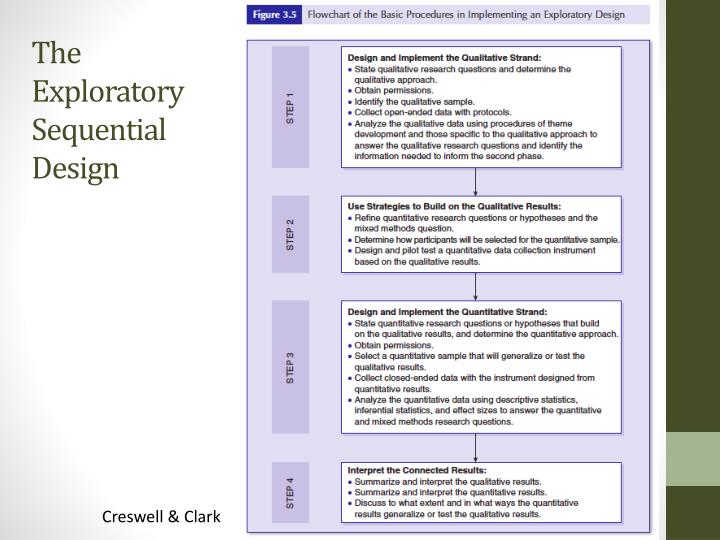

Although it is differentiated from other qualitative approaches as the focus of the research bounded by the case, this lack of certainty in definition of case study has led to some confusion, as although there is some overlap on what a case is or is not, there are significant philosophical differences between key authors. Although much has been written about case study in terms of the difference in the epistemological bases of seminal authors such as Stake and Yin, Merriam contends that “there is little consensus on what constitutes a case study or how this type of research is done”(p26). It is particularly useful in organisational research as the methods of data collection and analysis used are selected on a pragmatic basis conducive to undertaking research in clinical settings. More often than not, case study is undertaken in ‘real life situations’ (p 104). Case study has been described as a ‘study of the particular’ (p XI) as it is allows for the study of highly context-bound phenomena with a multiplicity of variables not amenable to control. Case study design is an appropriate methodology to use when study outcomes relate to clinical practice.Ĭase study design has been used frequently in health and social sciences to answer complex research questions due to its flexible and pragmatic approach. Multiple approaches to data collection are needed to evaluate the impact of complex roles and interventions in health care outcomes and service delivery. The design is flexible, allowing the use of multiple data collection methods from both qualitative and quantitative paradigms. ResultsĬase study is a powerful research strategy to use within sequential explanatory mixed method designs, and adds completeness to the exploration of complex issues in clinical practice. Phase 3 involved interviews with policy-makers to set the findings in context. This strengthened the potential to examine single cases that seemed ‘different’, and allowed for cases to be redefined. A coding framework, and the generation of cross tabulation matrices in NVivo, was used to make explicit how the outcome measures were confirmed and validated from multiple sources. Forty-one service users, 41 clinicians, and 23 Directors of Nursing or Midwifery were interviewed, and 279 service users completed a survey based on the components of CS and AP practice identified in Phase 1. Observations were made of 23 Clinical Specialists or Advanced Practitioners, and 23 matched clinicians in similar matched non-postholding sites, while they delivered care. Data were collected through observation, documentary analysis, and interviews. Phase 2 used matched case studies to evaluate the effectiveness of specialist and advanced practitioners on clinical outcomes for service users. In Phase 1, clinicians identified indicators of specialist and advanced practice which were then used to guide the instrumental case study design which formed the second phase of the larger study. This aim of this paper is to use The SCAPE Study: Specialist Clinical and Advanced Practitioner Evaluation in Ireland to illustrate how case study was used to strengthen a Sequential Explanatory Design. The role of the clinical nurse/midwife specialist and advanced nurse/midwife practitioner is complex not least because of the diversity in how the roles are operationalised across health settings and within multidisciplinary teams.


 0 kommentar(er)
0 kommentar(er)
